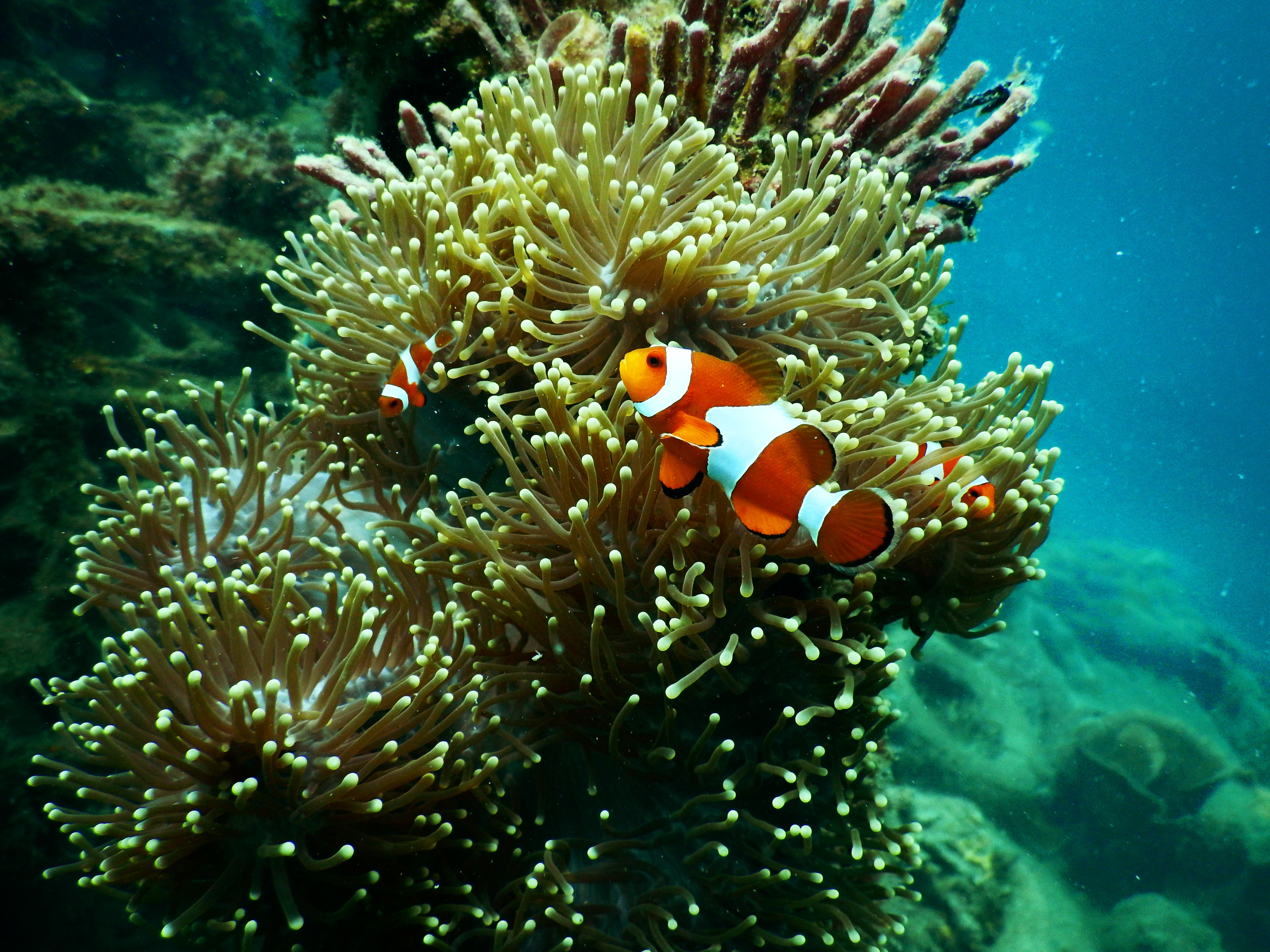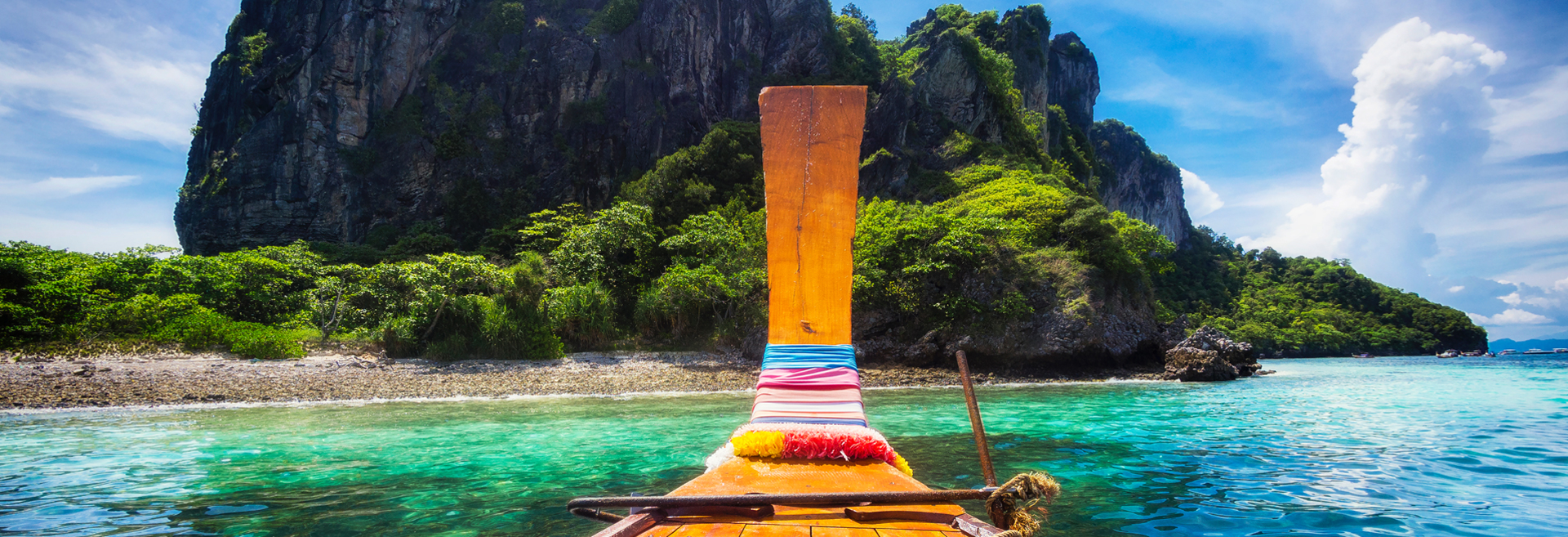Thailand offers some of the world’s ultimate diving experiences. Many people head to the country to learn to dive, then find that they keep coming back time and time again. Here are some of the Thai diving hot spots.
Richelieu Rock
Richelieu Rock lies about 125 miles north of Phuket, within Thailand’s Mu Koh Surin marine park in the Andaman sea. It is a horseshoe-shaped reef, famed for its purple and red coral and rocky pinnacles.
This area is renowned as a great spot to see large aquatic creatures such as barracuda, manta ray, grouper and whale sharks. Divers can also witness large schools of batfish, snappers, lionfish, triggerfish, bannerfish and shovelnose rays. This is also a great spot to see and photograph smaller, more unusual creatures such as harlequin shrimp, ghost pipefish, seahorses, pineapple fish, orangutan crab and frogfish.
Currents in this region can be very strong. The best time to dive here is between December and April, and you will need to do a number of dives if you want to cover the entire area.
Mu Koh Similan National Park
Often simply referred to as the Similan islands, this group of nine islands is a favourite among seasoned divers. Ideally, take an organised diving trip from Khao Lak, Phuket or Ranong. Such trips are usually around four days long, but shorter trips are available for those with less time.
Visit between February and April if you want to see larger sea animals, and if you don’t already hold your PADI certificate then many operators will insist that you take the course while on board - this is partly due to the strong currents that can occur here. Despite this, visibility is usually very good and you can see towering rock formations as well as soft coral abundant in colourful marine life.
Koh Tao
Koh Tao is a paradise island with white sand beaches, swaying palm trees and spectacular sunsets - and its underwater life is every bit as beautiful. There are brightly shaded reefs, colourful shoals of tropical fish and rock pinnacles, as well as a number of shipwrecks - plus you may spot passing eagle rays or whale sharks.
The dive sites are dotted around the island’s coast and are reached by boat. You can dive down to coral gardens, including the fabled Japanese Garden. Bear in mind that during November, the monsoon season begins. This can occasionally lead to choppier waters and reduced visibility, but the norm year round is calm, clear waters which provide ideal conditions for learner and newly qualified divers.






